
When it comes to content marketing, it seems like there are no secrets left.
No mystery unsolved. No stone left unturned.
But, believe it or not, we haven't got it all figured out just yet.
The majority of content marketers say that the job is all about filling an editorial calendar with ideas, turning those ideas into blog posts and then going out to promote them.
And, well, they pretty much mistook your business for a personal blog.
Your content has to convince and convert.
That's much more than a simple personal blog has the power to do—most of the time. (I'd even argue that those money-making personal blogs are really content marketing projects in disguise.)
Here, we're going to point out some of the remaining secrets in content marketing.
The end game for all of these is to lead you straight to the holy grail: results.
1. Have a Blog on Your Main Website
Sounds obvious, doesn't it?
Yet it isn't, sadly.
You'll still find companies and personal brands out there placing their business pages on a separate domain or a subdomain.
.png)
Rather than looking something like this:
www.mybusiness.com/blog
You'll instead find two separate sites altogether, like this:
www.mybusiness.com
www.businessblog.com
But that can mean completely different outcomes in terms of attracting leads and conversions.
It even changes how search engines show your blog posts in the SERPs.
If your blog sits on your main website, it will inherit and participate in the overall traffic and SEO benefits of your website.
When users search your products, your blog will rank higher in the SERPs.
Simultaneously, your main website will benefit directly from the backlinks and social shares your blog acquires. That doesn't happen with a domain or a subdomain, which will be perceived by users and search engines as separate websites.
What your blog does is direct relevant web searches to your main domain, so whenever users have questions to get answers for, they'll find them linked to your main website, not on a standalone domain.
That helps them associate your main website as the go-to authority on the topic, and they'll remember that.
What you really want, as Clarke adds, is to "make it really easy for your potential customers to click through to your main site and read more about your products and services."
Recommended Tools
If you use WordPress, Google Analytics and Google Webmasters Tools can help you monitor your website's most relevant search queries, that you can then turn into content keywords for your blog. Google's Keyword Planner also aids you in this.
On a WordPress blog you can use the Yoast SEO plugin to optimize your posts for their chosen keywords.
2. Your Content Must be the Answer
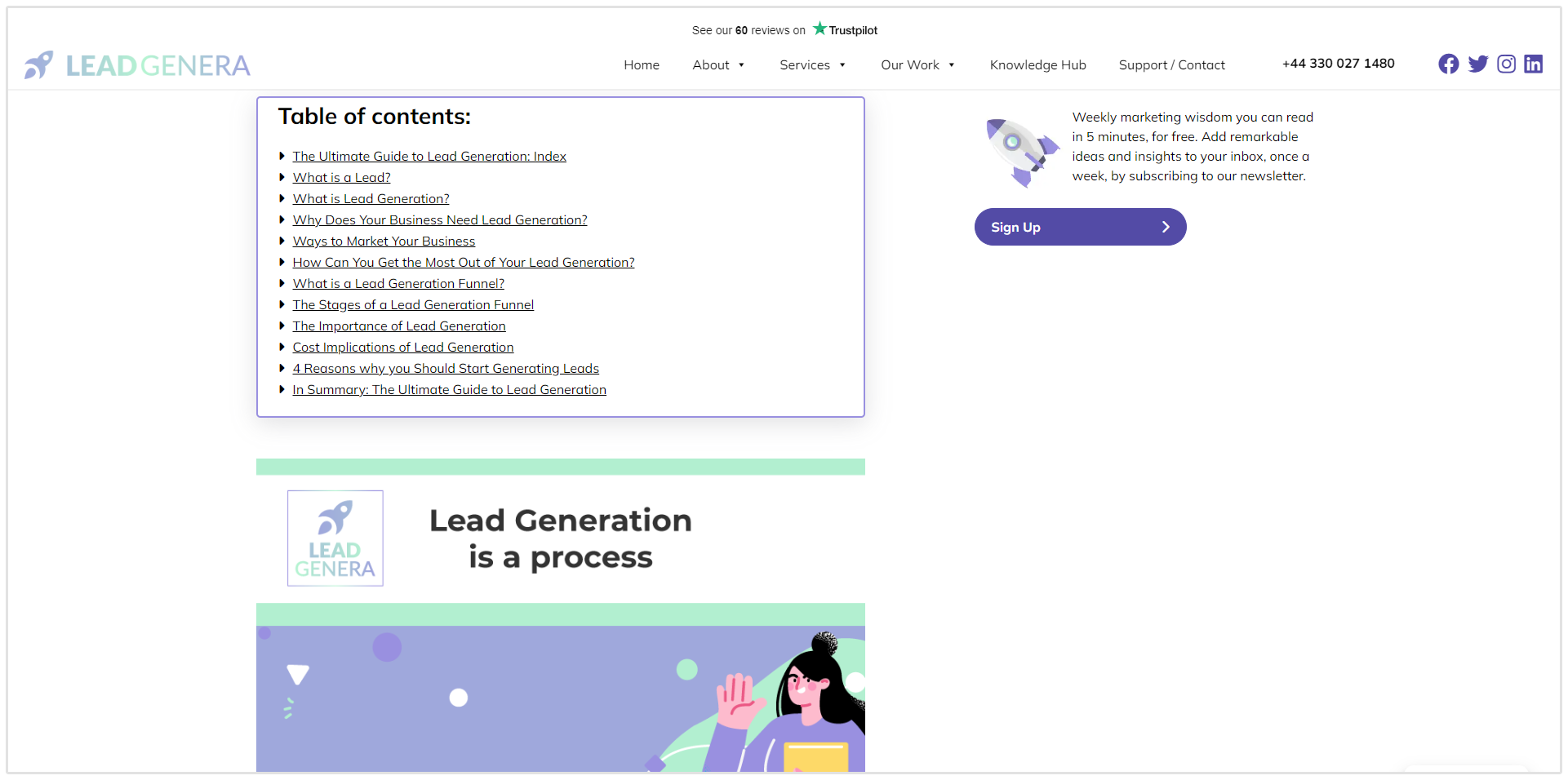
Your content should be helpful, actionable and to-the-point. No fluff.
Cheryl Clarke, Director of Ginger Marketing, explains:
"The type of content you write on your blog is going to be focused on questions your potential customers might have. The more detailed you get with the types of questions your content gives an answer to, the better you'll rank in Google."
That translates into how-to guides, tutorials, interviews and resource-based posts. That's how you create traffic, authority and trust in the searcher who's avidly looking for answers to their problem, especially in B2B.
I'm sure you already understand your audience (or you wouldn't be a content manager!) but that understanding won't be enough if you only have a generic idea of your reader or customer in mind.
To make a difference, you have to use your data to target your efforts and provide the right answers.
As freelance copywriter and content manager Jodie North says, content marketing is more about "targeted communications that will grow engagement, loyalty and conversions" and "if your audience is split up into different groups, you can create a segmented content strategy that sells to each group specifically rather than just writing generically to fit the whole audience."
Your answer may vary depending on the audience demographics.
The outlet you manage may be all about Italian recipes, but if you have egg-allergic readers in the group, the answer to "what are the best vegetarian dishes for a birthday party" will have to exclude anything with eggs.
Recommended Tools
Google Analytics or another web analytics suite of your choice is the best tool available for you to understand what your audience is looking for.
You can complement the analysis with KeywordTool.io, Buzzsumo and StoryBase to see what searches are most popular in your niche.
3. Know Where Your Audience Goes

The promotional side of content marketing is strictly linked to the demographics you explored in Secret #2—your blog provides the answer and media channels distribute it to the audience.
The question is: Where is your audience?
If your blog is about Italian cuisine and recipes like in the previous example, your top media picks will be Pinterest, Instagram, Foodily and Recipefy (recipe-sharing social networks) along with Italian cuisine outlets and communities.
You are certain to find your audience on these channels.
No one media channel is exactly like another. Focusing your efforts works with content promotion as well as it does with content production.
Don't try every media out there just because other businesses are using it. Focus on the places you know your audience frequents. Promote your content there.
Recommended Tools
Use search engines to find forums, social networks and communities in your niche where you can promote your content, organically or via advertising.
Up-to-date marketing statistics at Statista and MarketingSherpa also help with aggregate data on social media demographics.
4. Make Friends with Buyer Personas
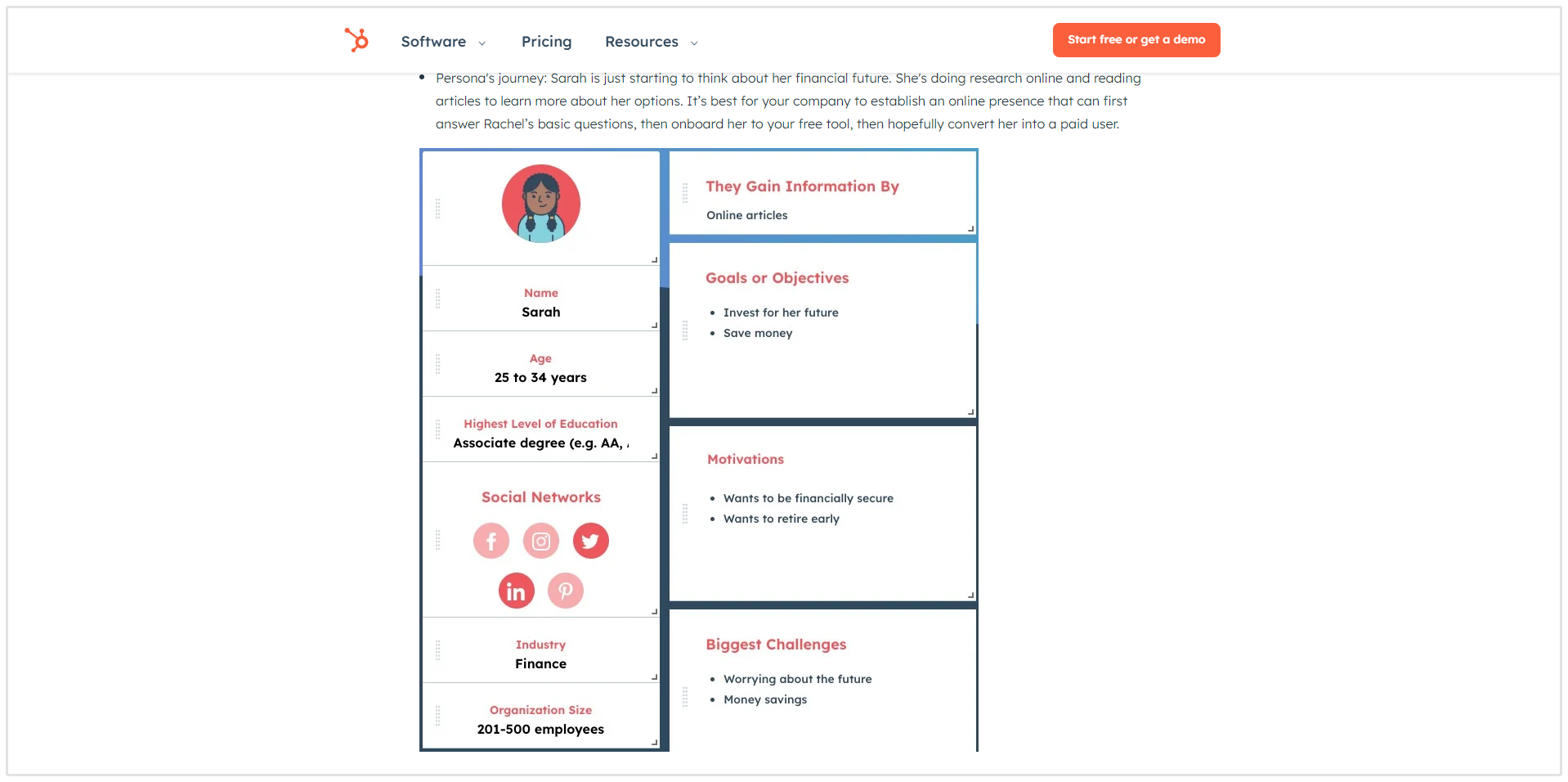
You can't know every single person included in your audience.
But you can create an ideal reader based on aggregate data and demographics.
Eunice David, Marketing Manager of Adhere Creative, suggests that you "create a formidable content strategy that centers on your buyer personas" and digs deep into the topics that your buyers (users, readers, subscribers or customers) are concerned about.
"Talk to them as a trustworthy peer using the tone, voice and language they identify with," David adds, "[and] don't be afraid to infuse your content with character and creativity. Even if you feel like you're in an utterly serious or somewhat boring industry, your readers are human no matter how high up they are on the business ladder."
A 2022 infographic by HubSpot reports that marketing personas helped make websites two to five times more effective for their target users, so this is one "secret" that shouldn't be underestimated!
Recommended Tool
HubSpot's MakeMyPersona buyer persona creator tool can be quite a nice add-on for your strategy.
5. Concentrate Your Efforts
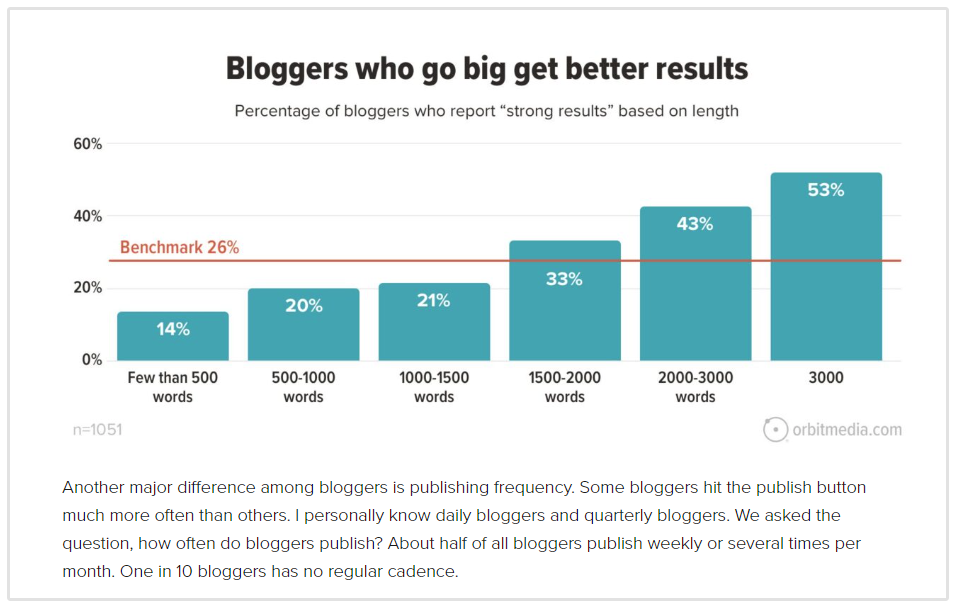
There's a double reason why long-form content gives better results than short-form posts, and that is:
- Long content satiates readers' hunger for information and detailed solutions to their problems
- It's easier to rank for long-tail keywords in the post
David James, CEO at Business Growth Digital Marketing, had a long-form post earn him $1,000 in sales, and Neil Patel reports how his 1,500+ word posts at QuickSprout drove 68% more tweets and 22% more likes than his shorter ones.
Sure, this content marketing secret might sound like a lot of work at first, but it pays off in the long term and it maximizes your efforts—you'll promote one great piece instead of a number of small ones!
"In the long run," says copywriter and content marketing consultant James Mawson, "everything hinges on the results of your outreach, so you might as well set it up for success by having something genuinely worth the promotion effort. If that means publishing less frequently, that's okay. Truly excellent content can be continually promoted for the life of your business."
Recommended Tools
A good editorial calendar, like Edit Flow for WordPress, can really help you out here.
6. Don't Forget About Images and CTAs

According to Samba Recovery, the average internet user's attention span is 8.25 seconds.
That's so little, especially when you think about how much content you want them to read.
But there are two workarounds: Images and CTAs.
Because "the brain 'sees' brand with emotion and memory," Lauren Clemett, Director of Your Brand True North, suggests that you:
CTAs are a necessity because users won't just open your main website to search for the product or service after they read the blog—they need a quick link to it!...get a good library of images you can use, put together a 'mood board' that helps you create the right emotion with your posts that links to your brand identity and paint a picture for your followers with the stories you share, so they find your content relevant and engaging.
However, CTAs shouldn't interrupt the flow of content. They should be the natural consequence of the content.
From experience with my clients, I can tell you the bottom of your post is a perfect place for a banner CTA. You can also scatter a couple of smaller CTAs (texts, links) across the post.
Recommended Tool
Pixabay and Pexels provide great public domain images to use with posts.
7. It's Okay to Show Off
You want to stand out through your blog, show that you're good at what you do and develop trust in the reader.
Personal branding specialist, Lauren Clemett advises her clients to use the 30/30/30/10 rule when creating content, especially for social media and newsletters.
The rule works as follows:
- 30% is for posts about the blogger, the business, product launches and new programs.
- Another 30% is about industry news, which shows your audience you know what's going on and that you know what you're doing in your field.
- 30% is for info-products—that means posts explaining things, giving tips, tools, podcasts, tutorials and other actionable items. Yet another proof you know what you're doing.
- A final 10% is fun and inspirational posts relying on quotes, videos stories and images. If content is king, engagement is the queen of hearts!
This way, you can show your audience "that you are the go-to specialist, the expert in your field, and that you have knowledge and expertise that is valuable to them. It builds confidence and trust."
Recommended Tools
You can share expertise and build authority with public relations platforms like HARO, SourceBottle and MyBlogU.
8. Video Content is a Serious Winner!
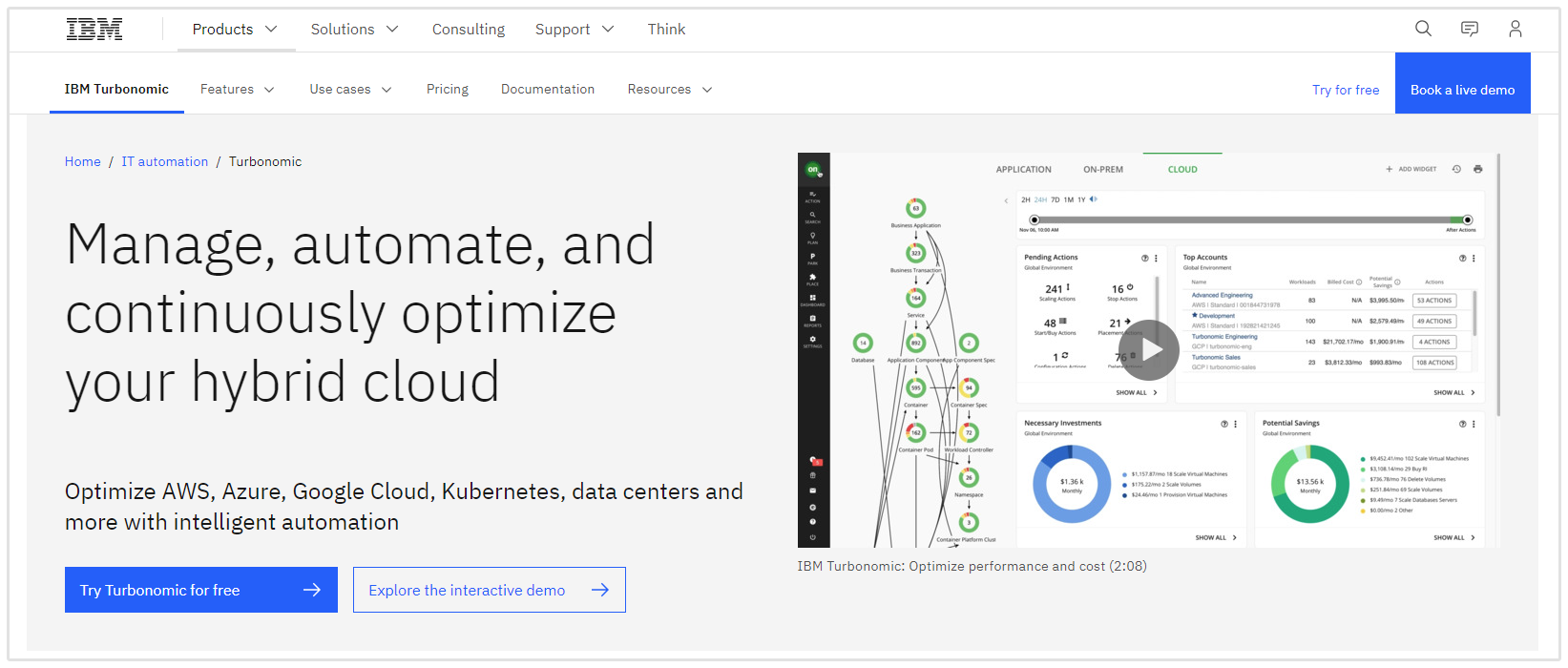
HubSpot's 2024 video marketing statistics report that 41% of marketers experience high ROI on video marketing.
So, isn't video content a winner? Of course it is!
You can integrate videos into your blog posts or you can host weekly or monthly video content to complement blog posts and increase conversions.
Gary Lipkowiz at Content Marketing Institute also shares 11 more ways to use video for content marketing.
Recommended Tools
TubeRanker helps grow visibility and subscribers (if you use YouTube). Wistia also hosts videos in addition to providing marketing tools.
9. Make a Plan and Stick With it

Naturally, you have a plan for your content.
Is that plan built around the core assets of your business?
Does it factor in new launches that need content marketing to truly take off?
If your content isn't leading readers to your products, services or new launches, it might not bring the results you're looking for.
"Everything you publish needs to have a next step," says Damien Elsing, Founder of CLCK Digital, "a lead to a related content "upgrade" where the reader gives their email address in exchange for a checklist or white paper. Then you can present them with more offers such as free assessments or consultations. Most businesses who try content marketing make the mistake of just creating blog posts with no next steps, then wonder why their content isn't generating leads."
Content marketing gently guides readers and customers through the sales funnel, so make sure you create content for each step, especially for new launches that don't have much buzz to their advantage yet.
A few planning questions:
- What products, services or other assets does my content need to promote?
- How can we promote effectively without making our blog posts salesy?
- What and how many angles can we cover per product or service or new launch?
- What is the "next step" for each blog post?
Recommended Tools
Trello is a great, free content planning tool to keep handy (I use it myself), but DivvyHQ, Jumpchart and ContentTools are also nice alternatives.
10. Stay Relevant
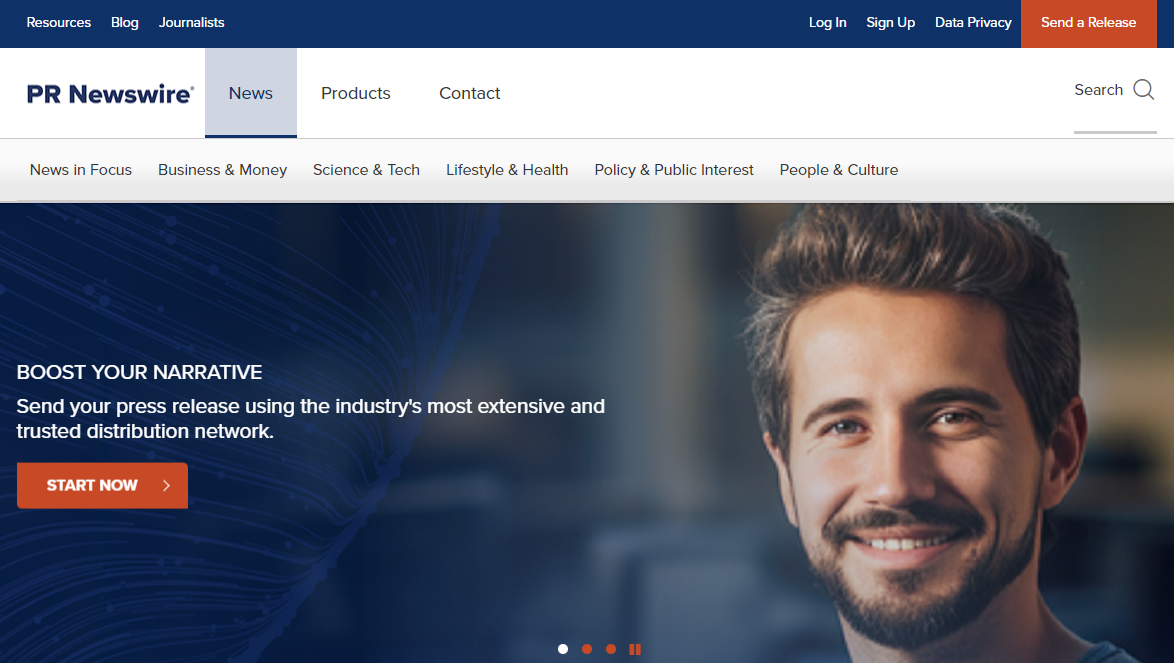
Industry news and social media hashtags come to the rescue.
Hashtags are just highly-followed labels for topics. You can look to hashtags to get ideas for timely content that will immediately engage readers, plus every user who follows the updates under that hashtag.
Lorrie Thomas Ross shares 13 hashtags you can use as content prompts for your social channels and the blog.
Recommended Tools
MediaBistro and PRNewswire send you media news emails you can use for content and interviews. You can also use AnswerThePublic.com and Quora to collect content marketing ideas sparking from people's questions.
11. Metrics are Important, but not More Than Content

Metrics are a big topic in everything marketing, but when it comes to content marketing, there's more than metrics at stake.
It's easy to fall into the trap of making it all about numbers and rankings—and forgetting the people.
In 2014, I worked for a blog owner who obsessed about keywords so much he let other vital topics drop every time I mentioned them—topics like the need to address the reader's pain points, engaging and responding to comments.
He wasn't interested in giving readers more than just content built around keywords that benefited search rankings more than readers.
(Guess what? He cared more about Google AdSense income than the audience's needs!)
However, search engine rankings—and even serving ads—are all means to an end, that is, to drive traffic to your products and services through helpful content and trust building.
Trust... is where authority is born and conversions happen.
Recommended Tool
Set goals in Google Analytics or in the web analytics suite of your choice to track conversions, or with Content Tracker by Priceonomics.
12. Involve Your Writing Team in Promotion
Like engaged employees can turn into brand ambassadors to make the brand stronger, you also can have your blogging team members act as brand ambassadors and use their own networks to help promote content.
The buzz will benefit both you and their writing career. A team that co-promotes posts not only boosts overally social shares, but is perceived as a close-knit family that cares about each other's success.
The positive image it conveys is really beneficial to the whole team and company.
Recommended Tools
BrandChamp.io and Brand24 are brand ambassador tools you can use with your team.
Bonus: Read the Secret Success Stories
I asked marketers and blog managers to share a content marketing success story, and hey—they made good use of their content marketing secrets!
Mariona Prat, Marketeer for Samsung Electronics:
Aodhan MacCathmhaoil, Sales and Marketing Manager at Waster.com.au:"While working on Samsung Pay, the mobile wallet developed by Samsung Electronics, we conducted several B2C content campaigns on social media to raise awareness and foster user engagement.
One of the best performing campaigns involved posting a promotional video about the service on the Official Facebook Page, that featured a local well-known influencer in the market. This piece of content was successful because it was visual, fun, and had an entertaining component to it—the Influencer
As a result, the number of views, shares and comments reached an incredibly high number compared to other content activities. And until today, it has been the most successful content campaign so far."
Scott Purcell, Co-Founder of Man of Many:"Since launching in 2015, we have pursued a content marketing strategy [that] has involved blogging circa 5 times a week, the production of infographics and moving into producing short "how to" videos and also computer games—for kids to download free.
As a new website, producing content is vital to start ranking for key terms. We did a thorough analysis of about 10,000 key terms that we would like to rank for and then started creating content targeting them. As time has passed, we moved more and more to an educational and environmental focus. These topics tend to get shared better.
We have seen our clicks growth month on month as people find our blogs. We then used a live chat system to interact with them online.
To get people to engage with you long term, you need to focus on something that isn't sales focused, i.e. consumer education or with wider society benefits (for us it's the environment, helping small business and reducing costs).
We now have a reliable stream of incoming leads that is growing each month."
Lauren Clemett:"In the space of 8 months, we've managed to triple the level of traffic to our website. A big change for us was being more consistent in the way we managed and published our content.
While you don't have to post every single day, giving your readers an understanding that they can expect a post at least once every couple of days or weekly is a big help. It builds a level of anticipation amongst your readership and also a reason for them to come back to visit your page.
If you don't stick to a regular schedule your audience might not return if they see there's nothing new to read.
This rule also applies to social media. Try to produce great content on a regular and consistent basis and your audience will build naturally."
"While working in Thailand for a few months, I picked one topic a week and created 1 blog post, making sure I took video and still images. The blog post was about an activity I was doing, with lessons learned that were relevant to my industry—personal branding.
The video was loaded to YouTube and linked to the blog, it was also embedded into the blog and posted on social media with boosts to get maximum views. The images became memes and were also used on social media with links to the blog.
I also recorded myself reading the post and added it to Soundcloud and shared it from there, as well as embedding it into the blog post. Then I shared an excerpt to my database on email with a link to the blog.
The result of having one piece of relevant, interesting content and repurposing it over a week meant my posts got over 1500 views each time and lots of engagement.
So it's better to think quality rather than quantity, and don't be afraid that people might see your story a few times."
As these "secrets" suggest, content marketing is a lot of work.
With planning, data analysis, targeted content and team involvement, you can streamline the process and make it fun and pleasant for yourself and your team, while reaping the benefits of a content strategy that works.
Now it's all out on the table.
What will you do with the information?







